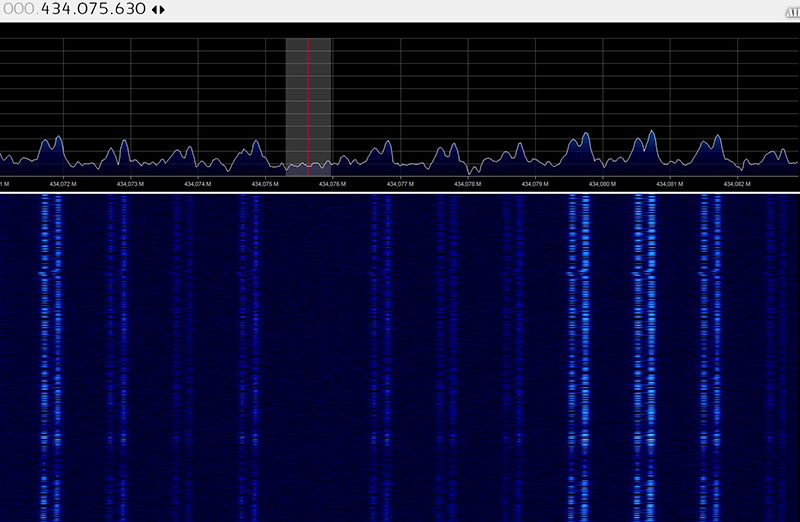

In both code examples post here, each of the dds vfo are programmed in a serial manner, the “si5351a” on the twi or ic2 link, and the analog devices “ad9850” using the serial link program mode. It will send telemetry data in RTTY and LoRa format. TBTracker is a sketch for a tracker for high altitude weather balloons. The dds vfo of the silicon labs “si5351A” device, is used for the second code example. RTTY and LoRa High Altitude Balloon Tracker for Arduino and SX127x (or Hope RFM9x). If an alternative clock source is used for the DDS device board, such as 100MHz for the DDS60 AMQRP board, then replace the 125MHz variable number with the appropriate clock value for correct calculation of the 5 Bytes programming code numbers. However the RTTY message is “ RY ”, such that any Radio Ham operator wishing to replace this with their own message, please refer to the program code notes for the baud dot encoding within an 8bit / 1 byte sequence. The Arduino Uno program is set for a bit rate of 50bits/sec or 50Baud. To alter the centre carrier frequency, the logic tone individual carrier frequencies can be altered within the program code by just simply changing the carrier frequency values within the Arduino Uno program code. For the logic zero space tone the carrier output generated is 14♰61275MHz, while for the logic one mark tone, the generated output frequency is 14♰61445MHz. The PICAXE program supplied as a downloadable link, generates the output transmitter frequency on 20 meters, more precisely actually on centre carrier frequency of 14♰60MHz. However in this design shown in the above circuit diagram, the AD9850 DDS synthesiser generates the RTTY 170Hz shift FSK signal directly at the R.F. Normally when a RTTY modem is made, the audio tones are feed to the microphone socket, and on HF using SSB (USB for data), and for VHF or UHF or even Microwave bands, the audio tones frequency modulate the carrier. Using the PICAXE device in this application was my first attempt to program a AD9850 DDS frequency synthesiser for Ham Radio uses. This device uses an Arduino to control a DDS-60 (Analog Devices AD9851) DDS IC, which in turn creates the required frequencies to transmit RTTY at 45.45 baud (approx) with 170 Hz shift. The AD9850 DDS device was obtained from Ebay, the DDS VFO in this case is programmed in this application in the parallel mode. This page contains my source code for my Arduino RTTY transmitter.

Marty Sullaway, NN1C is the proprietor of the SO2R Mini, designing the first prototype in early 2019 for W1UE to take to HQ9X. If you would like to modify the sketch for your own use, or flash a new Arduino Nano, you may. The above circuit diagram is one of a “Arduino Uno RTTY QRP Beacon”, in this case the AD9850 DDS synthesiser is serial programmed using the Arduino Uno development board, purchased from Ebay. The Arduino sketch is available on the downloads section of this website.


 0 kommentar(er)
0 kommentar(er)
